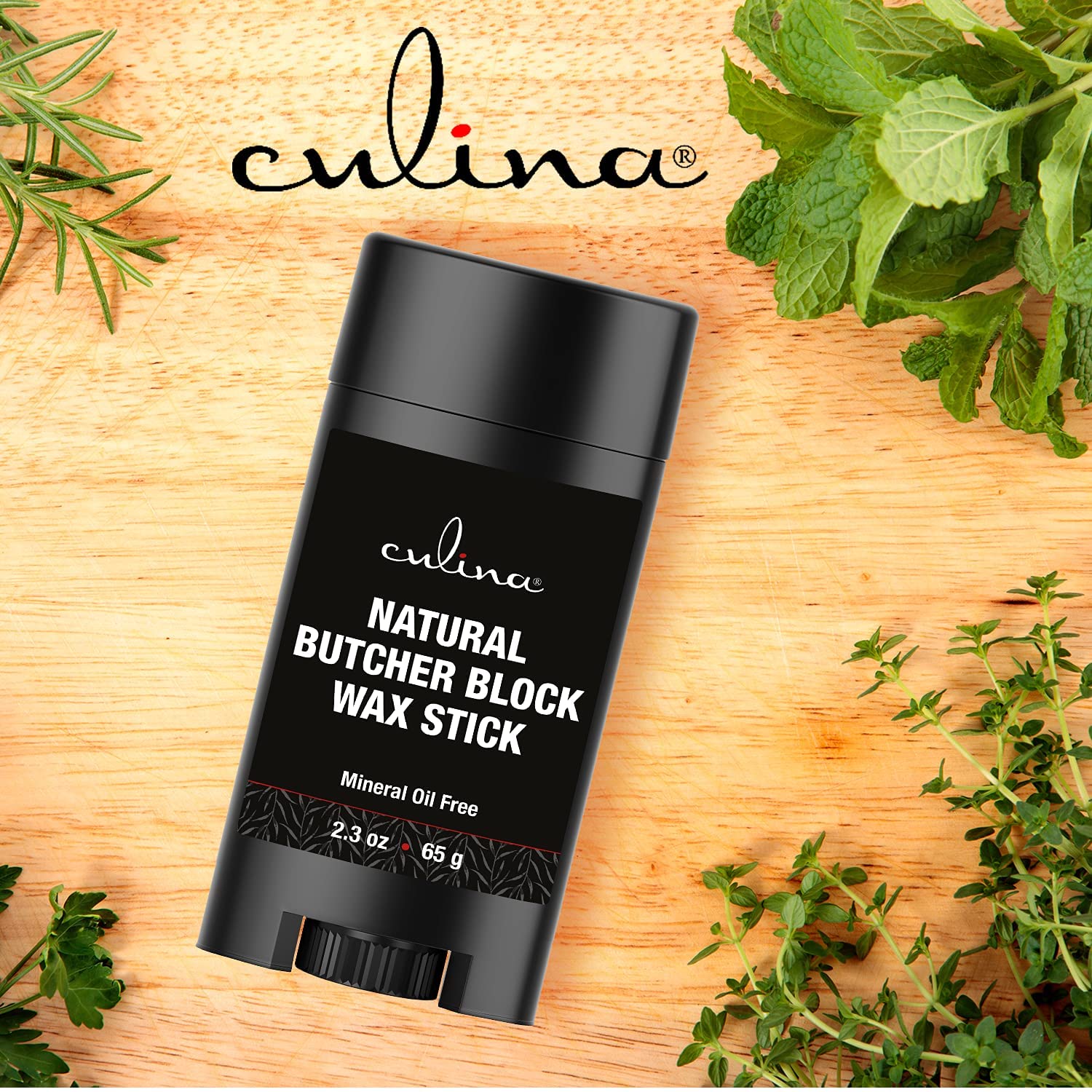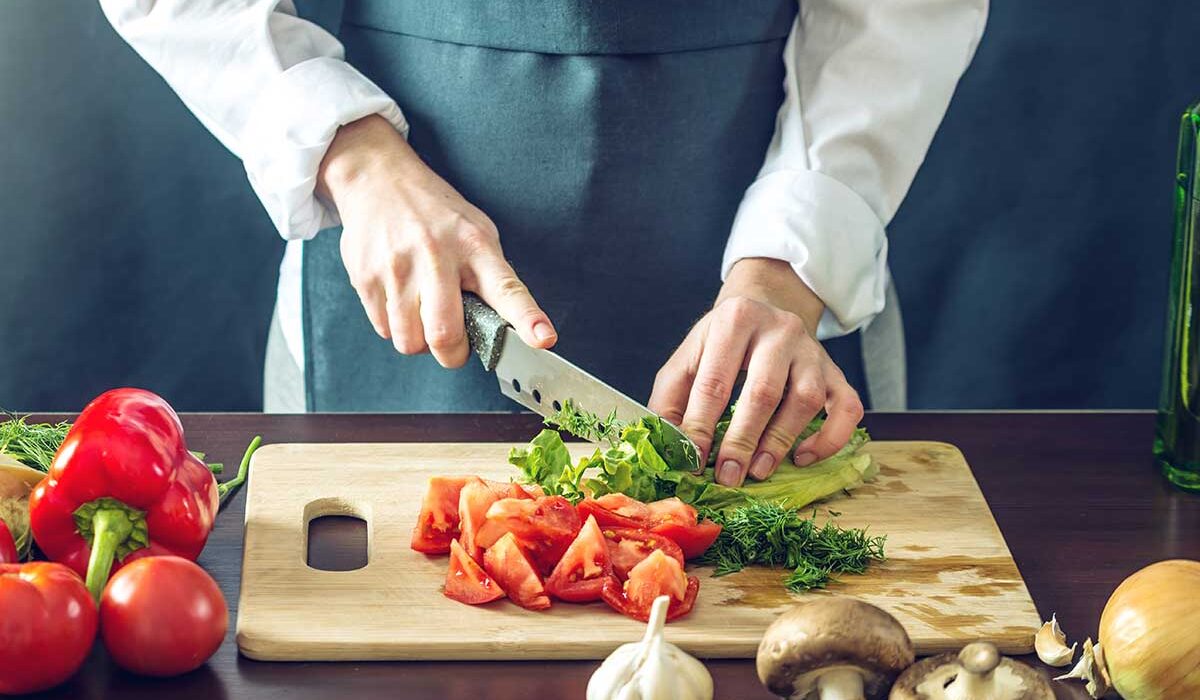Keeping your kitchen hygienic is crucial, and one of the essential aspects of it is maintaining a clean cutting board. How to clean a cutting board with lemon is not only an effective method but also an environmentally friendly one. In this article, we will delve deep into the various techniques and benefits of using lemon to clean your cutting board, ensuring it is always ready for use.

Why Use Lemon to Clean Your Cutting Board?
Lemons are a natural disinfectant and deodorizer. They are readily available, inexpensive, and non-toxic, making them an ideal cleaning agent for kitchen surfaces. Furthermore, the acidity of lemons helps break down bacteria and food particles, ensuring your cutting board is safe for food preparation.

Benefits of Using Lemon for Cleaning
Natural and Chemical-Free
Lemons are natural, biodegradable, and free from harsh chemicals, making them an eco-friendly option for cleaning your cutting board. How to clean a cutting board with lemon ensures you avoid exposing your food to potentially harmful substances found in commercial cleaners.
Effective Against Bacteria
The acidity of lemon juice creates an inhospitable environment for bacteria, effectively killing and preventing their growth. This makes it a highly effective disinfectant for your cutting board.
Deodorizing Properties
Lemons have a fresh, pleasant scent that can neutralize unwanted odors on your cutting board, leaving it smelling clean and fresh.

Materials Needed for Cleaning
Before we get into the step-by-step process of how to clean a cutting board with lemon, its essential to gather the necessary materials:
- Fresh lemon
- Coarse salt (optional)
- Warm water
- Scrubbing brush or sponge
- Clean towel or paper towels
Step-by-Step Guide on How to Clean a Cutting Board with Lemon
Step 1: Rinse the Cutting Board
Begin by rinsing your cutting board under warm water to remove any loose food particles and debris. This will make the subsequent cleaning process more effective.
Step 2: Sprinkle with Coarse Salt
Optional, but for extra scrubbing power, sprinkle coarse salt evenly over the surface of the wet cutting board. The abrasiveness of the salt will help lift any stubborn stains or food residues.
Step 3: Cut and Squeeze the Lemon
Cut a fresh lemon in half and squeeze the juice over the cutting board, ensuring you cover the entire surface. The lemon juice’s acidity will help break down any bacteria and stains.
Step 4: Scrub the Surface
Using a scrubbing brush or sponge, scrub the surface of the cutting board in a circular motion. Ensure you cover all areas, paying extra attention to any stains or discolored sections.
Step 5: Rinse and Dry
Rinse the cutting board thoroughly under warm water to remove the lemon juice and any loosened debris. Pat it dry with a clean towel or paper towels, ensuring all moisture is removed to prevent bacterial growth.
Step 6: Repeat if Necessary
If your cutting board still has stains or odors, repeat the process until it is clean and fresh.
Types of Cutting Boards and Lemon Cleaning
Wooden Cutting Boards
Wooden cutting boards are porous and can harbor bacteria if not properly cleaned. How to clean a cutting board with lemon is particularly effective for wooden boards as it helps to sterilize the wood without causing damage.
Plastic Cutting Boards
Plastic cutting boards are less porous than wooden ones, but they can still accumulate bacteria in knife grooves. Lemon cleaning works well on plastic boards, helping to disinfect and deodorize them.
Best Practices for Cutting Board Maintenance
Regular Cleaning
Clean your cutting board after each use to prevent the buildup of bacteria and odors. A quick rinse and scrub with lemon and salt can keep your board in top condition.
Deep Cleaning Once a Week
In addition to regular cleaning, give your cutting board a deep clean with lemon once a week to ensure it remains hygienic and odor-free.
Proper Drying
Always dry your cutting board thoroughly after cleaning to prevent moisture buildup, which can lead to bacterial growth.
Avoiding Cross-Contamination
Use separate cutting boards for different food types (e.g., meat, vegetables) to prevent cross-contamination and ensure food safety.
When to Replace Your Cutting Board
Signs of Wear and Tear
If your cutting board has deep grooves, cracks, or shows signs of excessive wear, it may be time to replace it. These imperfections can harbor bacteria, making the board difficult to clean effectively.
Persistent Odors
If your cutting board retains odors even after thorough cleaning, it may be time to invest in a new one to ensure optimal hygiene.
Discoloration
Severe discoloration that doesnt come off with cleaning may indicate that the cutting board is compromised and should be replaced.
Additional Tips for Cutting Board Care
Avoid Soaking
Avoid soaking your cutting board in water, especially wooden ones, as this can cause warping and splitting.
Use Vinegar for Extra Cleaning
For an added cleaning boost, you can use vinegar along with lemon. Vinegar is another natural disinfectant that can help keep your cutting board germ-free.
Sanitizing with Hydrogen Peroxide
Occasionally sanitize your cutting board with hydrogen peroxide to kill any lingering bacteria. Ensure you rinse it thoroughly afterward.
Preventing Mold
Store your cutting board in a dry, well-ventilated area to prevent mold and mildew growth.
Common Misconceptions About Cleaning Cutting Boards
Myth: Dishwashers Are Safe for All Cutting Boards
While dishwashers can sanitize plastic cutting boards, they can damage wooden ones by causing them to warp and crack.
Myth: Bleach is the Best Cleaner
Bleach can be harmful and leave residues on your cutting board. Using natural cleaners like lemon is a safer alternative.
Myth: Hot Water Is Enough
Hot water alone is not sufficient to clean a cutting board thoroughly. Combining it with lemon juice enhances its effectiveness.
FAQs
How often should I clean my cutting board with lemon?
Its best to clean your cutting board with lemon after each use and give it a deep clean once a week.
Can I use bottled lemon juice instead of fresh lemon?
While fresh lemons are preferable due to their natural oils and acidity, bottled lemon juice can be used in a pinch.
Is it safe to use lemon on all types of cutting boards?
Yes, lemon is safe for wooden, plastic, and composite cutting boards. It is a natural and non-toxic cleaning agent.
Conclusion
Maintaining a clean cutting board is vital for kitchen hygiene, and using lemon is an excellent, natural method. By following the steps outlined in this guide, you can ensure your cutting board remains clean, fresh, and safe for all food preparation needs.
For more information on cutting board hygiene, you can visit this resource.
As an Amazon Associate, I earn from qualifying purchases.


